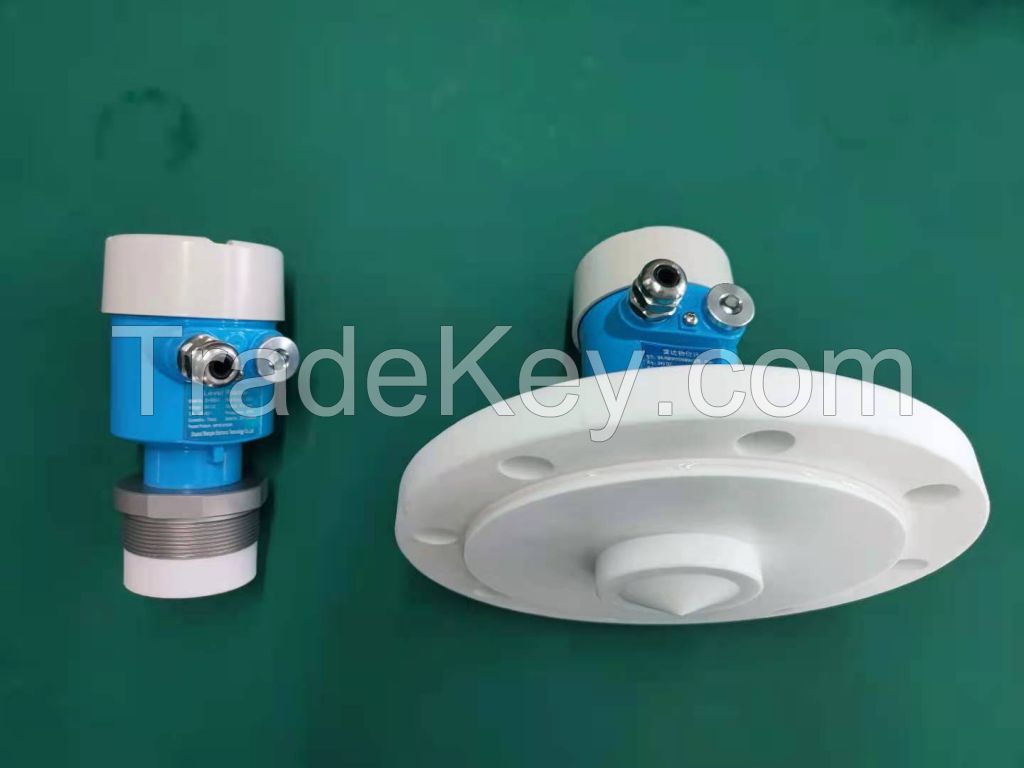
离岸价格
获取最新报价400 ~ 500 / Set ( Negotiable )
|Minimum Order
位置:
-
最小订单价格:
最小订单:
1 Set
包装细节:
carton
交货时间:
1 to 2 weeks
供应能力:
50 Set per Week
付款方式:
Money Gram, Western Union, T/T
联系人 Ms. Rita
Room 1911, Junminronghe Building, No25 Fazhan Road, Gaoxin Zone, Xi'an, Xianyang, Shaanxi
| Technical specifications | |
| Application | Liquid/Solid Measurement |
| Frequency | *7GHz**1GHz |
| Measurement Range | 8m, *5m, *0m |
| Antenna Material | PTFE |
| Installation | Thread G2 1/2 / Flange |
| Process Temperature | **0ºC~**0ºC |
| Process Pressure | Normal atmospheric pressure |
| Accuracy | liquid: ±2mm; Solid ±5mm |
| Beam Angle | 3° |
| Signal output | ***0mA/HART, Rs ***-Modbus |
| Power | <0.5W (two-wire) |
| Explosion-proof | Exdia II CT6Gb |
| *0GHz Radar vs. Ultrasonic | ||
| Ultrasonic | Radar | |
| Common Frequency | *0 kHz, **0 kHz | *0GHz |
| Microwaves Type | Mechanical wave(Sound waves) | Electromagnetic waves |
| Dust, condensation, buildup | Huge influence | No influence |
| Air temperature, pressure | Huge influence | No influence |
| Air density, and gas composition | Huge influence | No influence |
| Suitable Application | Simple/stationary measurements (Exp: Water level) | Nearly all types of level measurements |
| *0GHz Radar vs. *6GHz Radar | ||
| *6GHz Radar | *0GHz Radar | |
| Common Frequency | K-band *6GHz | W-band *0GHz |
| Beam Angle | >*0° | >3° |
| Accuracy | ±5mm | ±2mm/±1mm |
| Antenna Type | Horn | PTFE Lens |